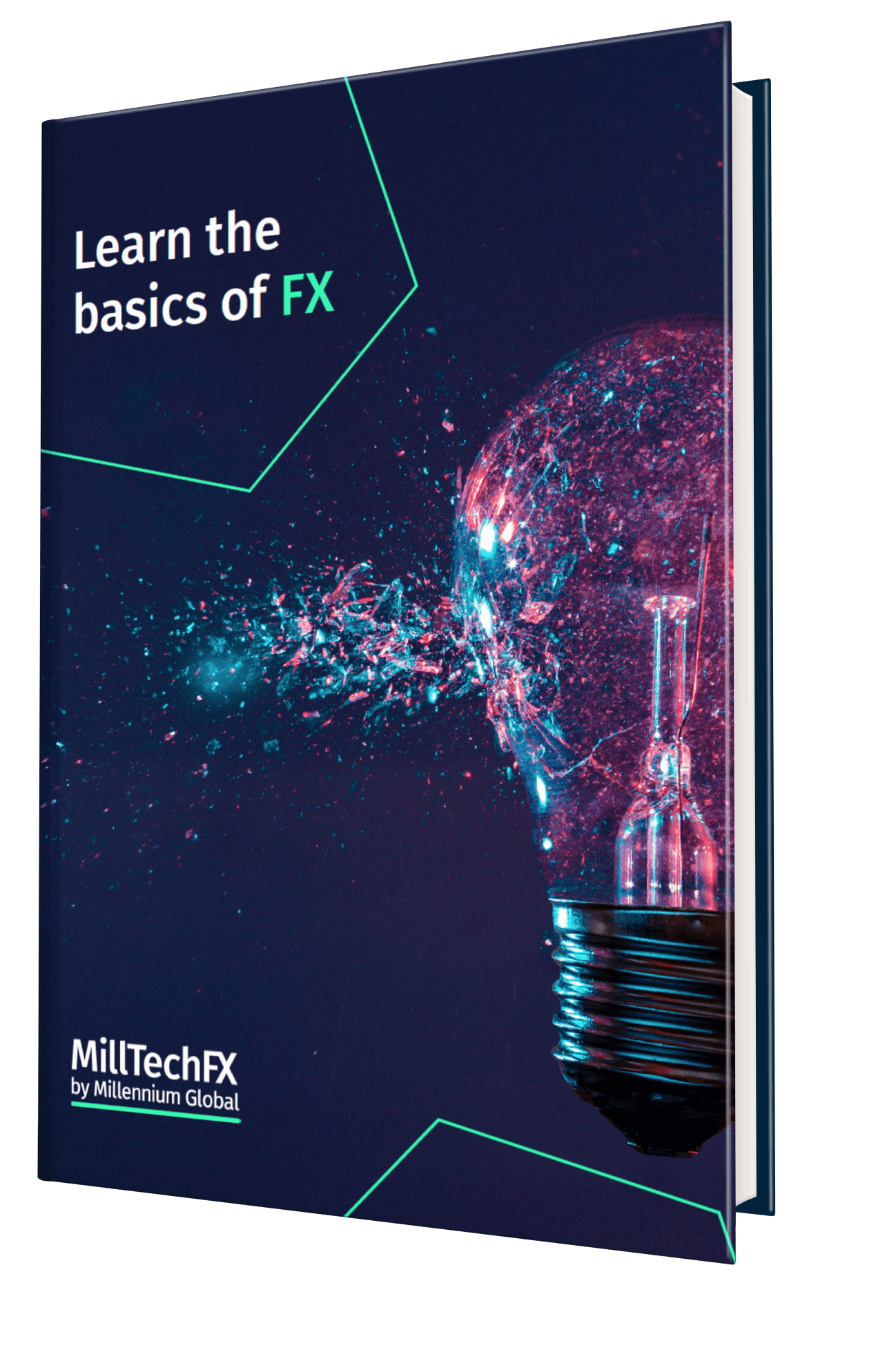FX Risk Management
FX Risk Management Explained:
- What is FX Risk Management?
- Types of FX risk
- Why is FX Risk Management important?
- FX Risk Management strategies
- FX Risk Management services
What is FX Risk Management?
FX risk management is a risk management strategy in which rules and controls can be established to proactively manage the impacts of negative currency movements and protect your bottom line/returns from the changes of FX market movements.
Types of FX Risk
FX Transaction Risk:
Potential financial loss a firm may experience due to fluctuations in exchange rates between the time a transaction is initiated and when it is settled.
FX Translation Risk
The foreign exchange risk associated with converting financial statements of foreign subsidiaries into the businesses reporting currency, impacting businesses that has operations in multiple countries.
Why is FX Risk Management important?
Exchanging currencies means dealing with prices that are constantly changing due to a wide range of factors, sometimes can change rapidly in response to news from the financial markets or geopolitical events.
This volatility and the unpredictable nature of the currency market has the potential to erode profit margins or investment returns if FX risk isn't managed effectively.
FX risk is an inevitable by-product of doing business internationally, but by implementing FX hedging, market participants can proactively manage and control the risks involved using a variety of different currency products.
It is important to note that FX hedging practices are typically not designed to generate profits but, rather, to protect the bottom line or returns from investments.
FX Risk Management strategies
FX Hedging
Hedging is an FX risk management strategy used to manage risks associated with FX exposure by protecting an existing or anticipated position from unwanted or negative moves in exchange rates.
Types of FX instruments used for hedging purposes includes forwards and rolling.
FX Counterparty Risk Assessment Framework
Firms should consider establishing a robust counterparty risk evaluation framework to select and perform appropriate due diligence on counterparties.
This should include a range of risk factors, including:
- Monitoring realised and unrealised profit and loss (P&L) for each counterparty.
- Credit rating from reputable rating agencies.
- Equity or fixed income prices of counterparties if available.
- Credit default swaps.
- Regular counterparty review and monitoring activities.
Execution Contingency Plan
In addition to reviewing and assessing the counterparty risks, it is good practice to establish a robust FX execution contingency plan that takes into account of best execution factors.
If a counterparty becomes unavailable, the firm should be able to quickly and efficiently manage the existing FX trades by way of:
- Novation - replacing an agreement in place with consent of all parties involved.
- Close-out - termination of the transaction.
- Implement Net Present Value (NPV) any future profits.
FX Risk Management solutions
MillTechFX is an end-to-end risk management solution for corporates and fund managers, building on decades of experience of Millenium Global.
How clients mitigate FX risk through our award-winning FXaaS:
Comparing the market
Being reliant on a single custody bank or broker to meet FX execution and hedging requirements can result in challenges when that custody bank or broker is not available..
We provide a multi-bank marketplace allowing businesses to compare live FX rates from up to 15 tier 1 banks to fulfil their spot and hedging requirements, significantly enhancing operational resilience and reducing counterparty risk, in line with the requirements of best execution.
Transaction Cost Analysis
Transaction cost analysis solutions provides cost transparency of FX trades, allowing businesses to benchmark their FX costs against peers and evaluate the effectiveness of execution techniques.
This goes hand in hand with best execution, serving as an ongoing audit of FX practices. You can request your free transaction cost analysis here.
Margin free hedging
The FX risk, mitigated via implementing an FX hedging strategy, is replaced with a potential liquidity risk when capital is required as collateral on a hedge when the foreign exchange rate is moving against the position.
This can be avoided by trading via an uncollateralised FX facility, enabling firms to hedge using forwards without margin requirement.
Related terms:
What is MillTechFX?
We provide access to a transparent marketplace for comparative FX execution from up to 15+ counterparty banks, while harnessing a unique and significant pricing efficiency for our clients and reducing their operational burden. In addition, MillTechFX provides clients with full transparency of execution via independent TCA reporting.
